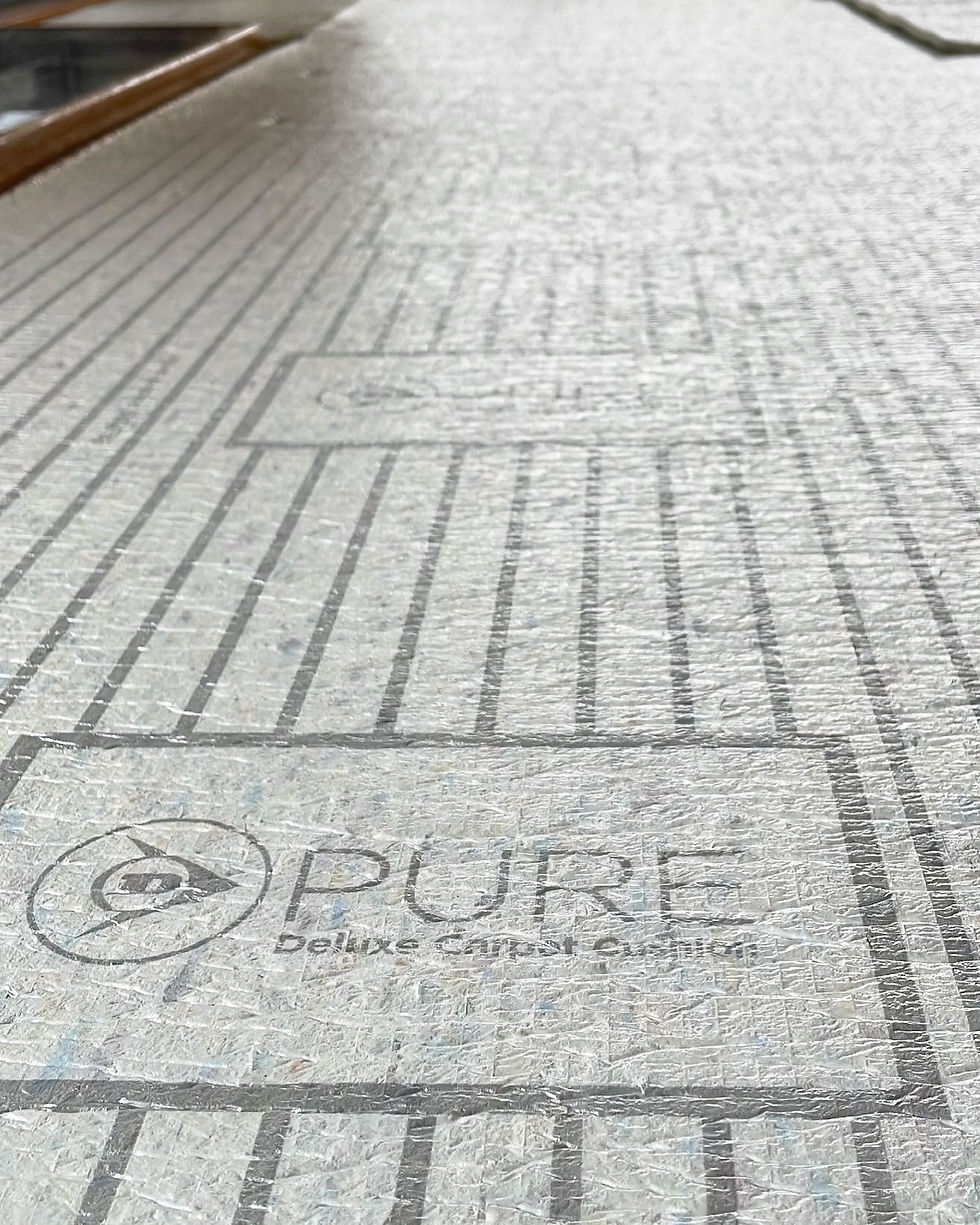Choosing the Right Commercial Flooring for Your Business Needs
- Troy Megson
- Sep 5
- 3 min read
Updated: Sep 5
Selecting the right flooring for your commercial space is a key decision that can significantly impact your business. It affects not only the look and feel of your environment but also functionality, maintenance, and the overall atmosphere. With numerous options available, it's important to grasp the differences among the types of commercial flooring and their benefits to make the best choice for your needs.
Understanding Your Business Needs
Before exploring the various flooring options, assess your specific business requirements. Think about factors like foot traffic volume, the nature of your operations, and your desired design style. For example, a busy retail store may need hardwearing flooring that can tolerate heavy foot traffic, while a medical clinic might prioritize cleanliness and hygiene.
Consider how the flooring can enhance comfort for employees and customers. A warm and inviting global retailer can improve customer satisfaction, while a durable and practical surface can boost employee efficiency.

Types of Commercial Flooring
1. Carpet Tiles
Carpet tiles are widely used in commercial spaces for their adaptability and straightforward installation. They come in a variety of colors, patterns, and textures, allowing for creative designs tailored to your brand's identity.
For example, a company might use bright colors in their lobby to create a welcoming vibe, while utilizing neutrals in conference rooms for a more professional look. Carpet tiles can also be easily replaced if damaged, making them suitable for high-traffic areas. According to a study, around 40% of commercial spaces prefer carpet tiles due to their flexibility. However, they may require regular cleaning to manage dirt and allergens effectively.
2. Vinyl Flooring
Vinyl flooring is a fantastic choice for commercial spaces. It's known for its exceptional durability and water resistance. Available in various styles, it can mimic wood or stone, accommodating diverse design preferences.
Restaurants and retail stores commonly opt for vinyl because it's easy to clean and maintain. For instance, studies show that vinyl can reduce cleaning time by up to 40% compared to other materials. Plus, installation over existing floors can lower costs and expedite setup.
3. Laminate Flooring
Laminate flooring provides a budget-friendly alternative to hardwood while maintaining a similar visual appeal. Made of layered materials, it is resistant to scratches and dents, making it suitable for offices and showrooms.
Installation is straightforward, and maintenance is minimal, making laminate a practical solution. However, areas prone to moisture, like bathrooms or kitchens, may not be ideal for laminate, as water exposure can lead to damage.
Key Considerations When Choosing Flooring
1. Durability
Durability should be a top priority when selecting commercial flooring. High-traffic areas need materials capable of withstanding wear over time. For example, a retail store may experience around 1,000 to 3,000 customer visits per week, emphasizing the need for durable flooring options.
2. Maintenance
The maintenance requirements vary widely among flooring types. Vinyl and tile are often easy to clean, while carpets may need regular deep cleaning. Assess how much time and resources you can devote to upkeep when deciding on flooring.
3. Aesthetic Appeal
Your floor should resonate with your brand image and the atmosphere you want to create. For example, a tech startup may prefer sleek, modern flooring, while a traditional law firm might opt for classic wood or tile. The right choice can enhance visual appeal and leave a positive impression on clients.
4. Comfort
Comfort is crucial, especially in areas where employees or customers will spend extended time. Consider flooring options that provide cushioning or warmth underfoot. For example, carpet tiles can add a layer of softness, while rubber flooring might be a great option for gyms or play areas.
5. Budget
Your budget will largely influence your flooring decision. While some materials may come with a higher initial cost, their longevity and low maintenance can lead to savings in the end. Take the time to analyze your budget and consider the total cost of ownership, including installation and long-term upkeep.
Final Thoughts
Choosing the proper flooring for your commercial space is a significant decision that impacts functionality and visuals. By understanding the available flooring options and evaluating factors such as durability, maintenance, and comfort, you can make a well-informed choice that meets your business goals.
Take your time to analyze your specific needs and consult professionals to ensure you choose the best option for your space. With the right flooring, you will create a welcoming and functional environment that fosters your business's success.





Comments